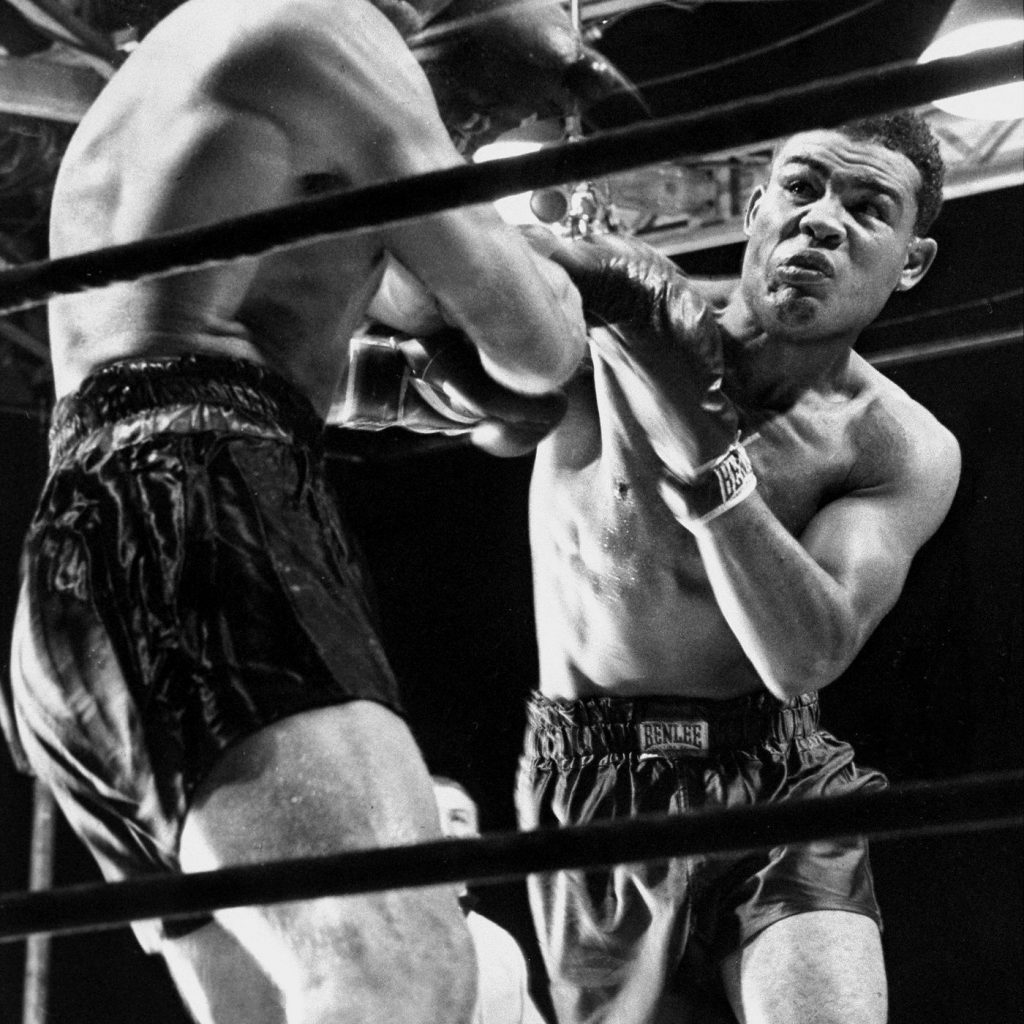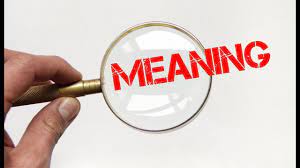Teaching Less and Learn More.
I was talking to a client last week and something quite smart came out of my mouth. Unplanned. I like binary things — like “there are two kinds of women in the world, those who eat a sandwich with one hand and those who eat with two.” Don’t ask. Anyway, I was remarking to a this talented client who had lots of irons and revenue streams in the fire that in her line of work you were either “teaching” or “learning.” I surmised she spent about 85% of her time teaching (in the hope of picking up consulting and speaking gigs) and 15% learning or getting smarter in her craft. I for one can empathize. Give it away in the hopes of getting paid-work down the line.
I suggested she should flip the model or at least even it up at 50/50.
People who constantly teach and don’t learn become pedants. And they’re not a lot of fun to be around. Teachers need to refresh so they can be fresh. And that requires listening. And positing. And debating.
The best part of being a brand planner is the learning. We open the faucet and fill up the stock pot. Only when the pot is full do we turn on the heat and start the boil down.
If you find yourself teaching to much in your line of work, do something about it. You need to up the ante on learning.
Peace.









